As the days grow shorter and the air turns crisp, many gardeners begin to wind down their activities, thinking ahead to the next growing season. But did you know that fall is the perfect time to prepare your garden for spring pollinators? By planting now, you can ensure your garden is a haven for bees, butterflies, birds, and even bats when the warmer weather returns. Let’s explore the best plants to add to your garden this fall that will bloom in time for your spring pollinators.
Why Plant for Pollinators in the Fall?
Planting in the fall allows perennials, shrubs, and trees to establish strong root systems before the winter dormancy period. When spring arrives, these plants are ready to burst into bloom, providing essential nectar and pollen for early pollinators.
Plants to Attract Bees and Butterflies
- Lupines (Lupinus spp.): These hardy perennials are perfect for fall planting and will bloom in the spring, attracting bees and butterflies with their tall, colorful spikes.
- Milkweed (Asclepias spp.): Essential for monarch butterflies, milkweed provides both a habitat and food source. Planting in the fall ensures they’re ready for the monarchs’ spring migration.
- Echinacea (Echinacea purpurea): Also known as coneflowers, these plants are beloved by bees and butterflies alike. They thrive in a variety of conditions and are a beautiful addition to any garden.
- Lavender (Lavandula spp.): This fragrant herb is a favorite for bees and can also help repel pests in your garden.
- Black-Eyed Susan (Rudbeckia hirta): These bright yellow flowers are easy to grow and are excellent for attracting both bees and butterflies.
Plants to Attract Birds
- Serviceberry (Amelanchier spp.): This native shrub not only provides early spring blossoms for pollinators but also offers berries that attract birds in the summer.
- Flowering Dogwood (Cornus florida): Known for its beautiful spring flowers, the dogwood is a favorite for birds and other pollinators.
- Salvia (Salvia spp.): With its bright blooms, salvia is a magnet for hummingbirds and other pollinating birds.
- Elderberry (Sambucus canadensis): Elderberry shrubs are great for both their flowers, which attract pollinators, and their berries, which are a treat for birds.
Welcoming Bats to Your Garden
Bats are often overlooked as pollinators, but they play a crucial role in many ecosystems, especially in pollinating night-blooming plants. While not all regions will see bats actively pollinating, providing a bat-friendly environment can help control insect populations, such as mosquitoes, and contribute to overall garden health.
- Moonflower (Ipomoea alba): Another night bloomer, the moonflower’s large white blooms open in the evening, perfect for nighttime pollinators like bats.
- Evening Primrose (Oenothera biennis): This night-blooming plant attracts bats with its sweet scent and pale yellow flowers.
- Agave (Agave spp.): In warmer climates, agave plants are pollinated by bats and are an essential part of desert ecosystems.
- Night-Blooming Jasmine (Cestrum nocturnum): While not as common as other plants, this highly fragrant shrub is known to attract bats, making it a unique addition to your garden.
- Nicotiana (Nicotiana alata): This tobacco plant is also known for its night-blooming flowers that attract nocturnal pollinators, including bats.
Tips for Encouraging Pollinators in the Spring
- Provide Water Sources: A shallow dish of water with pebbles for landing can be a lifesaver for thirsty pollinators.
- Avoid Pesticides: Chemicals can harm pollinators. Opt for natural pest control methods.
- Create Sheltered Spaces: Leave some areas of your garden undisturbed for nesting and overwintering sites.
By planting these pollinator-friendly plants this fall, you’re setting the stage for a vibrant, buzzing garden come spring. Not only will your garden burst with life and color, but you’ll also be playing a crucial role in supporting the health of pollinators like bees, butterflies, birds, and bats. Happy fall planting!

